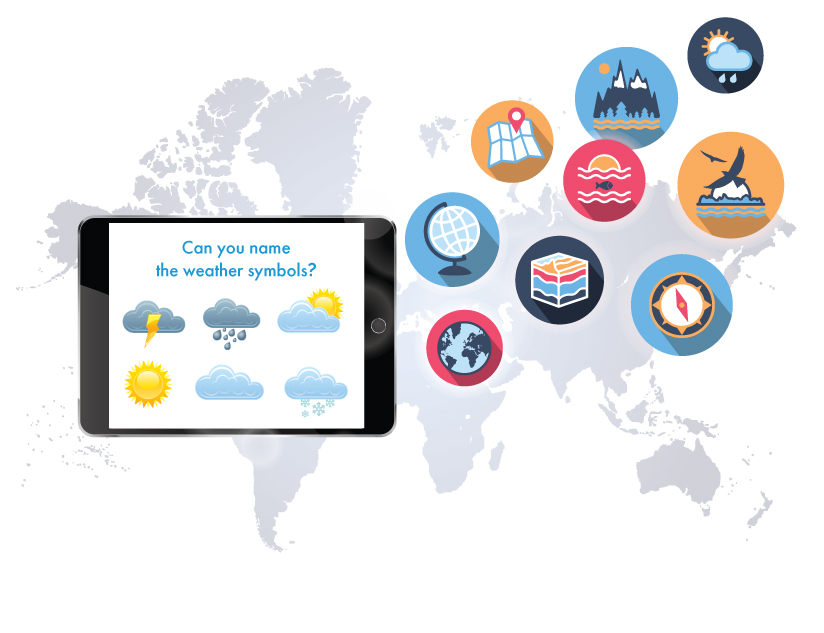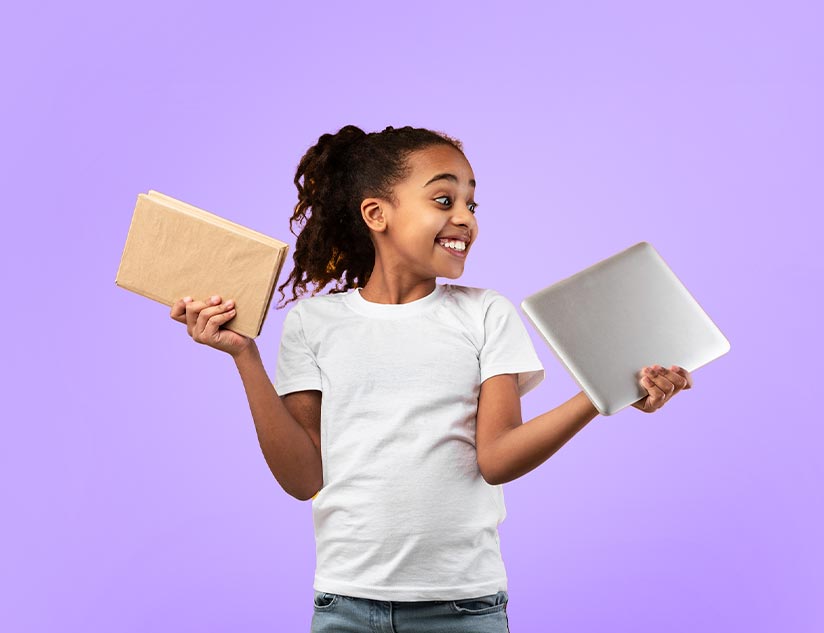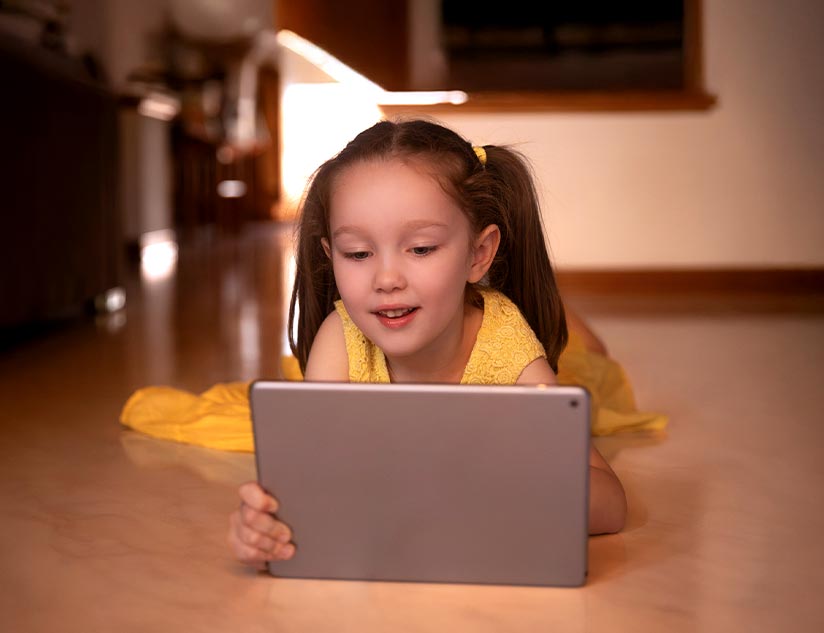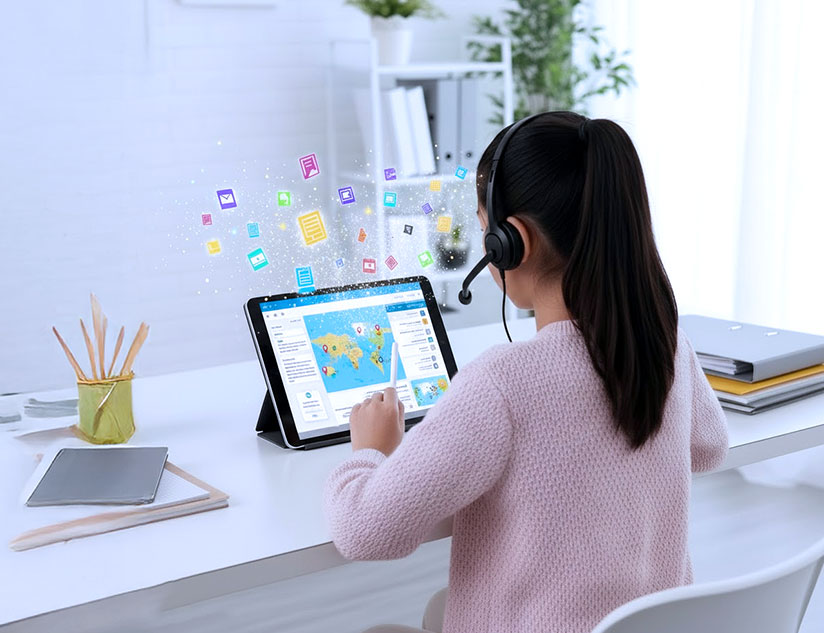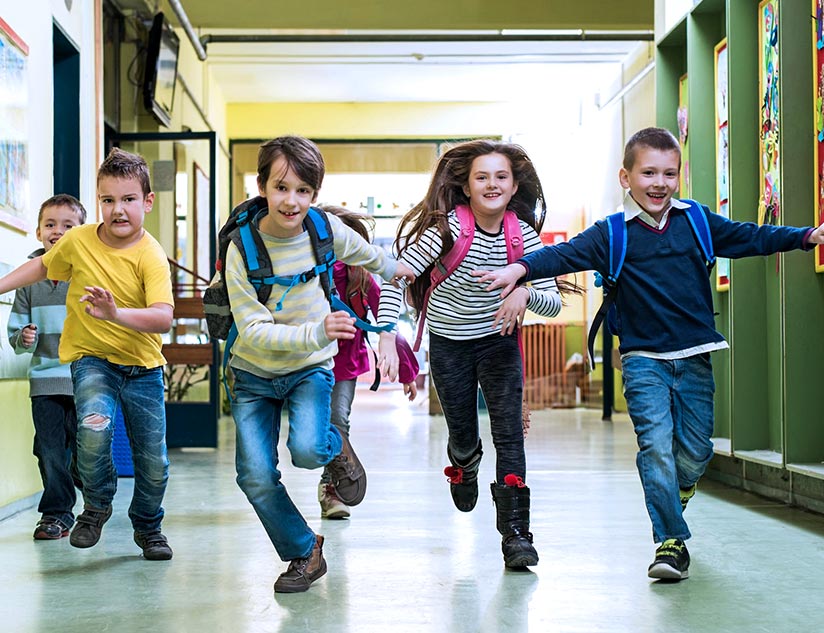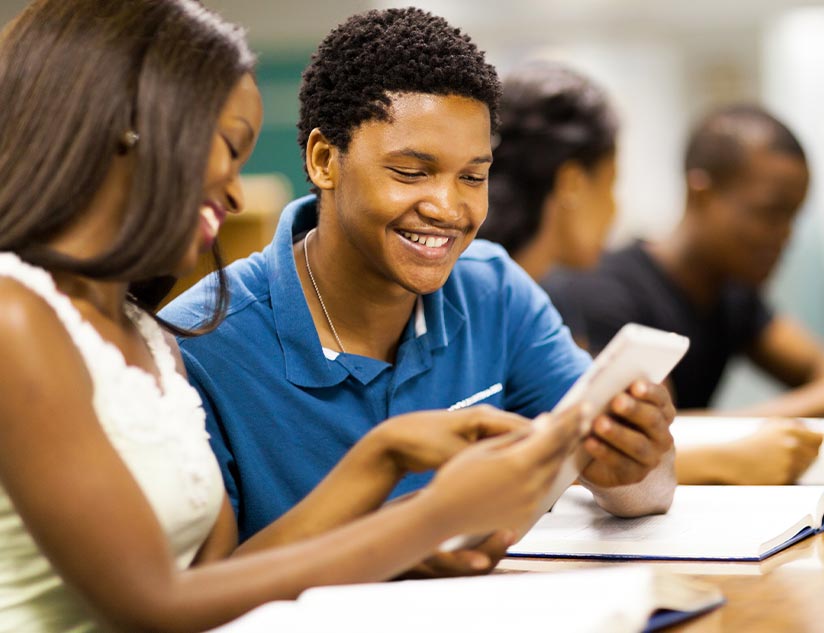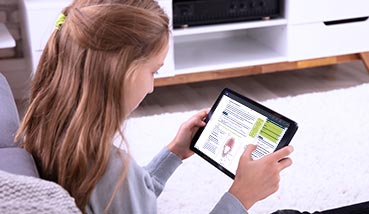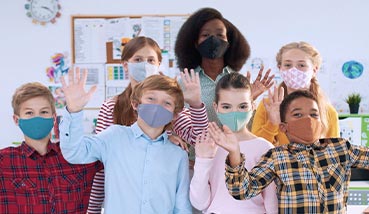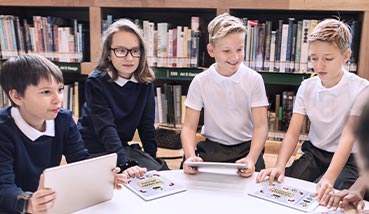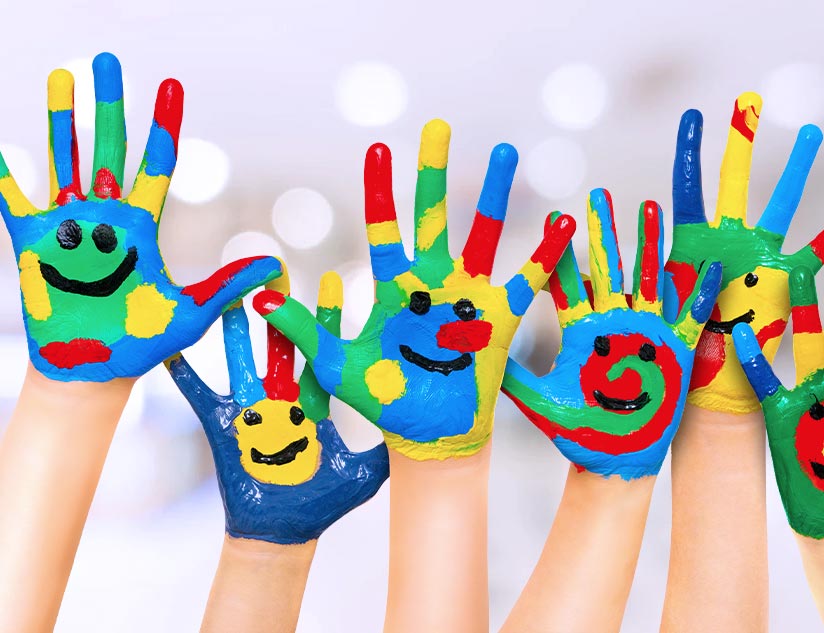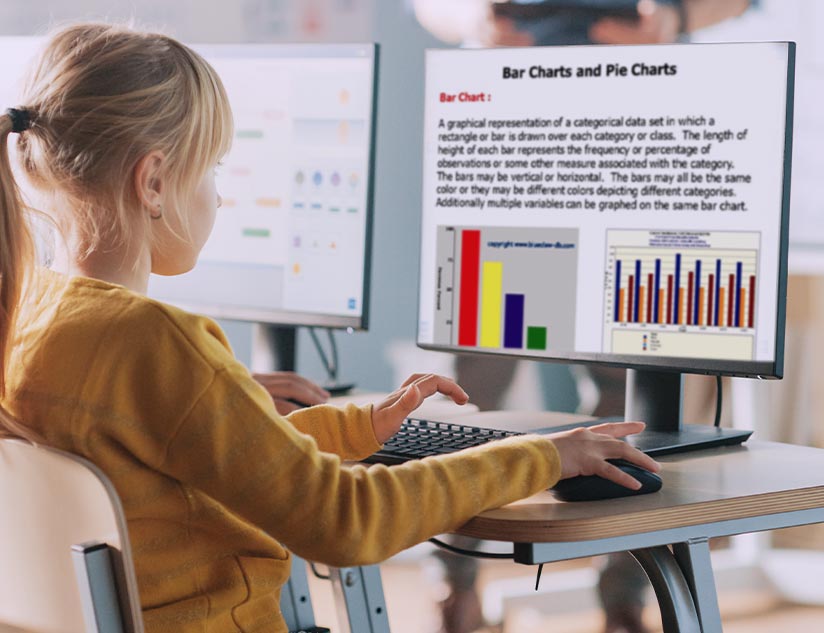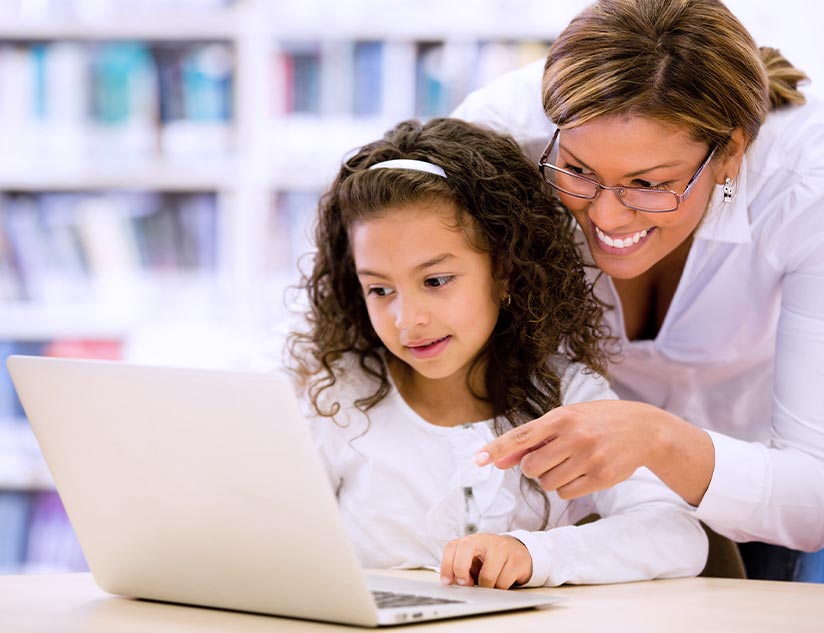In the past, wars and pandemics had generally been the deciding factors for kingdoms and civilizations. But for us, it is climate change. A panel of 1,300 scientists from all over the world have found that there has been an increase of 1°C in the average temperature from pre-industrial levels due to human activities. It is estimated that if we continue on our current path, global temperatures could further increase by 1.5°C between 2030 and 2052.
Now this might not look like much at first. But the consequences of even such a small number could be tremendous. From a recently released IPCC special report, it has been found how much worse things can be with just an increase of 2°C, instead of a 1.5°C increase. The raging wildfires across the world, from California to the Amazon rainforests and Australia are significant signs of the devastation that climate change can cause.
This makes it important for everyone, including children, to be aware of climate change and its consequences. Even a large majority of teachers and parents agree that students should be taught more about climate change and how to prevent it. But the important question is how can teaching climate change to elementary and secondary students be made fun and interesting?
Activities to Teach About Climate Change in the Classroom
Some classroom activities that can make learning about climate change more fun and engaging for children are:
1. Lab Activities
Many teachers have difficulty making students realize that climate change is very real. You might tell them that half a degree of temperature increase can cause severe heat events, which can cause significant harm to marine life, plant and vertebrate species. Many low-lying areas could become uninhabitable due to flooding. But they might look outside and see the green grass and blue skies, which makes it difficult to believe all of this.
A good idea to make it real for students is through lab activities and climate change games for classrooms, which simulate greenhouse effects or melting of ice caps. When students watch something like this in action, it makes it easier for them to understand just what lies in store unless we take responsibility. Climate change games as tools can prove to be extremely successful for education and engagement.
2. Show a Video
Another way to help students make an emotional connect with climate change is through videos. Given that videos impact multiple senses, being both auditory and visual, they tend to be more evocative than text-based information. We know that children today have a short attention span and find videos to be much more fun and engaging than text. Videos are also great for teaching new concepts, since they facilitate microlearning. In microlearning, the lessons can be divided into smaller parts, such as 3- to 5-minute videos. This makes understanding and retaining information much easier.
3. Tell Them Success Stories
Telling them stories about the success we have had in dealing with climate change can be another great option. You can tell them about the instances such as in 1987, when nations across the globe came together to ban substances that caused depletion of the ozone layer. You could also show them videos and other interactive material about famous activists, such as Greta Thunberg, who is very relatable for students since she is 17 years old but has been instrumental in the fight against climate change.
How MagicBox™ Can Help
To be able to engage students in learning about climate change, a robust digital learning platform, like MagicBox™ can be very helpful. Such a platform can offer just the right tools for teaching elementary and secondary students about climate change.
Interactive and Multimedia Content
With MagicBox™, you can include audio, videos, infographics and gaming elements in your content. This is highly beneficial for teaching children about climate change. You can make use of quizzes, puzzles or games to talk about various elements of climate change in the classroom. You can even create virtual experiments that show the effects of global warming.
This platform also enables the use of interactive videos to show what is causing the rise in temperature levels as well as how it is affecting the flora, fauna and water levels across the globe. This makes learning much more fun and affects children at a much deeper level, emotionally and cognitively. This makes teaching about climate in schools much easier as well.
Unrestricted Learning
MagicBox™ also ensures that learning is not restricted by any physical or time boundaries. Students can learn about climate change wherever and whenever they like, be it during lunch break, while traveling, or when everyone is stuck at home because of the coronavirus pandemic. Once a student’s interest is generated in a particular topic, they might want to know more about it even when they are not at school. MagicBox™ provides them all the tools and resources needed for just that.
So, are you ready to make learning about global warming fun and engaging for students? If yes, try MagicBox™. Contact us to know more.

